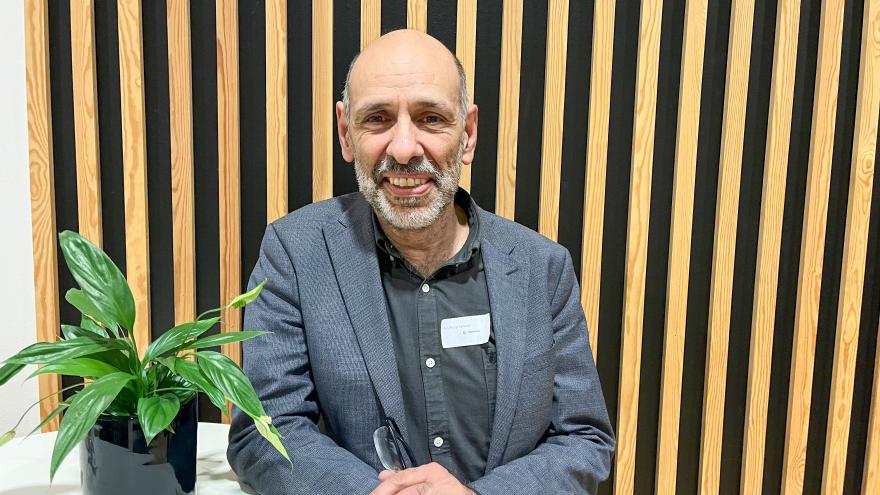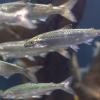NordForsk has funded twelve interdisciplinary research projects, and Jan Philip Solovej, professor of mathematics at the University of Copenhagen, is heading the committee in the field of research. We asked him to reflect on how interdisciplinary research has contributed to Nordic added value and Nordic co-operation on research.
Why is interdisciplinary research important?
“Because the vast majority of questions we ask ourselves are interdisciplinary in nature. The challenges we face in the Nordic Region are largely interdisciplinary and are becoming increasingly more so. The world is becoming increasingly complex, and if we’re to find solutions to things like the climate crisis or the use of artificial intelligence, then we have to take an interdisciplinary approach.”
What do you mean that the world is becoming increasingly complex?
“Our technologies have evolved. Information technology is playing a huge role in society, as is artificial intelligence. This means that we’ve started to use all manner of different tools in our day-to-day lives. It wasn’t like this in the past. We’re communicating with each other in new ways, and things are evolving at a blistering pace. There are many conflicts around the world right now, and they can become global in scale very quickly. In our understanding of the world, we’ve realised that the world’s problems cannot be understood and solved on the basis of one science alone. We need to involve several fields in order for us to understand our climate, the universe, biology, and more.”

NordForsk recently brought fifty researchers together from twelve interdisciplinary projects for a seminar in Copenhagen on their experiences of interdisciplinary research. If you were to summarise the twelve projects, which of their strengths would you highlight?
“It’s important to train researchers to be able to engage in dialogue together across disciplines and to have an understanding of interdisciplinary research. The twelve projects in NordForsk’s interdisciplinary portfolio truly demonstrate researchers communicating across disciplines. What most of the projects have in common is sustainability. Between them they address the entirety of the climate debate and cover several different topics. It’s been incredibly exciting to follow all twelve projects. The entire research area that NordForsk has initiated is innovative in the sense that the projects are researcher-initiated and both Nordic and interdisciplinary in their scope. Although the twelve projects are a drop in the ocean, they all have synergies that are so exciting and relevant. The projects are all so different in their nature, which is a huge strength. They deliver Nordic added value not just for the benefit of the Nordics, but the whole world.”
Some researchers have expressed concern that interdisciplinary research does not necessarily benefit their careers, and that it may be more difficult to get interdisciplinary articles published than monodisciplinary ones. What do you think about that?
“It is indeed a huge issue that many journals will not publish interdisciplinary research articles. Most journals are still fairly monodisciplinary. Some of the researchers from the projects have spoken of how they’ve had to break their research articles up into sections because they were unable to publish the whole thing. In the same way, it’s such a disadvantage that academia maintains the attitude that a CV looks better when a PhD is monodisciplinary instead of interdisciplinary. There are silos at many universities. You’re employed at a monodisciplinary institute in a monodisciplinary career, which can make it difficult for young researchers to carve themselves a career at this stage if they only have an interdisciplinary background. This is clearly a challenge that needs to be addressed. On the other hand, although I’m convinced that this will change, it’s changing too slowly. I think you’re in the best position if you have something monodisciplinary and interdisciplinary on your CV, because I think it’s the interdisciplinary that makes you stand out from the crowd and can open new doors in your career.”
Read interviews about 6 of the interdisciplinary projects here:
New textiles can make the clothing industry more sustainable
Games can teach immigrant children to speak the Nordic languages
Nordic data can explain why the Nordic countries’ asylum practices differ
Narwhal tusks are a tale with a twist
With experience comes confidence, not necessarily safety
Nordic health data provides a unique insight into pandemics






